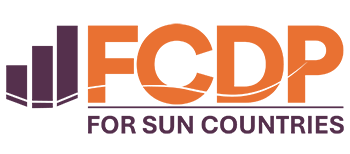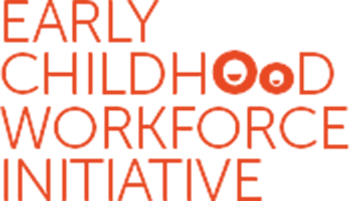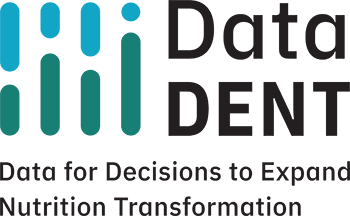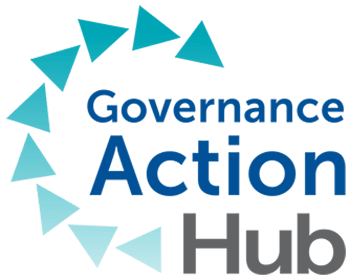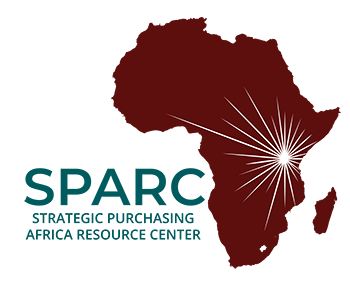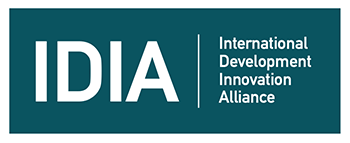5 takeaways from the inaugural Global Health Market Shaping Conference
Editor’s note: Global health market shapers, including a cohort of staffers from Results for Development’s Market Shaping Practice team, convened in Barcelona earlier this month for the first-ever Global Health Market Shaping Conference.
They came together to discuss the current state of market shaping in international development, its challenges and success, and to share ideas around accelerating optimization and innovation in the practice area.
In attendance from R4D’s Market Shaping Practice team was Practice Lead Bhavya Gowda, Senior Program Officers Samantha Durdock and Sarah Wangilisasi, and Associate Directors Abyu Faris and Nelsha Haji.
Following the conference, the team collected their takeaways and reflections.
1. It’s time for stronger alignment and more collaboration
Only a decade ago, global health market shaping was a little-known practice area. In the last 10 years, however, successful market shaping interventions have created massive impacts in the global health community, particularly in areas of HIV, TB, malaria, vaccines and family planning.
As our world changes, the problems we face in global health are growing more complex and, in many cases, harder to solve. Greater alignment, collaboration and learning opportunities in the market shaping community are necessary to tackle the challenges that might risk continued progress and successes. We can — and we must — work together to create new approaches with other actors, support others and learn from our failures when a market shaping approach may not be the right solution for a given problem.
2. Make more space for countries’ voices and perspectives
Market shaping activities should address each country’s needs and priorities, and as our ecosystem evolves, we must ensure these activities are responsive to national-level ownership, priorities and decision-making. Market shaping strategies that are specifically contextualized to a local market — meaning those that engage national-level actors and continuously build their capacity — will be best poised to ensure long-term national-level ownership.
As we build these strategies and make this space, we must continue to empower governments and local change agents to take ownership of their markets by equipping them with the necessary tools.
Associate Director Abyu Faris shared an example at GHMS from R4D’s work in Ethiopia supporting the Ethiopia Pharmaceutical’s Supply Service (EPSS) to develop its own capacity to steward country commodity markets through a newly established Quantification and Market Shaping Directorate. Since 2019, these efforts have contributed to significant improvements in the public sector pharmaceutical market in Ethiopia.
Key achievements include:
- Significantly reducing procurement lead times
- Reducing wastage rate from 6% to 0.1%
- Improving forecast accuracy from 35% to 60% to make budget and supply planning more accurate
This style of locally led development is not only a fundamental part of R4D’s mission, it is critical to lasting success.
3. We must continue supporting sustainable markets
Shaping sustainable markets will require a multi-faceted approach. This includes supporting governments as they transition away from donor dependence and engaging with the private sector to provide a total market approach.
At the conference, R4D Senior Program Officer Sarah Wangilisasi presented lessons R4D learned in its support of Tanzania’s government as it transitioned from dependence on donors for financing and procuring amoxicillin dispersible tablets to government stewardship. This involves working strategically within the local context to identify domestic resource pathways.
Working with governments to support their gradual transition from donor dependence is increasingly relevant as the global health financing landscape shifts and significant global mechanisms (e.g., Gavi the Vaccine Alliance) off ramp countries.
Additionally, given global health financing shifts, we should also better understand and engage more deeply with the private sector. Private sector actors, including providers, social enterprises, distributors and wholesalers, have traditionally been underrepresented in the market shaping community. However, as health systems and service delivery models change, we need to engage these actors and adapt our market shaping toolkit to support the private sectors availability to improve access to life-saving commodities.
For example, R4D’s Nelsha Haji highlighted in a GHMS session the critical role that private providers play to deliver assistive technologies in the country of Georgia and the importance of working with private sector providers to meet demand for and solve market challenges inhibiting access to assistive technologies.
4. As we assess challenges, we must innovate and expand our thinking to address the ‘thorny areas’
Market shaping has historically focused on areas of HIV, TB, malaria, vaccines and family planning. While the work isn’t complete in these markets, many of the “low-hanging fruits” have been achieved.
We need to face the thorny market shaping areas: fragmented markets (e.g., MNCH), low volume markets (e.g., NCDs) and product markets that cannot be disentangled from services (e.g., assistive technologies). Challenges and environments such as these are not suitable for typical larger market shaping interventions (i.e., pooled procurement and volume guarantees). In these instances, applying smaller scale interventions with potentially longer time horizons — product rationalization, strengthening quantification processes and demand awareness and generation — are critical interventions that can be applied at a country level to help shape these complex markets for better access.
5. We must reflect, learn and better define our goals
As we think about the future, retrospective reflection is important, particularly thinking about how we can replicate our successful approaches and apply learnings from our market shaping experience in vaccines, HIV, TB and malaria to emerging areas (i.e. MNHC, NCDs) that require just as much focus and committed resources.
Let’s evolve our market shaping goals: Market shapers have often focused on access, pricing deals, volumes, etc. In a post-COVID world, we should consider other factors like market resiliency, global health security, and diversification. How can we take our learnings from areas of success and failure to tackle these additional factors?






